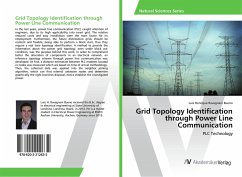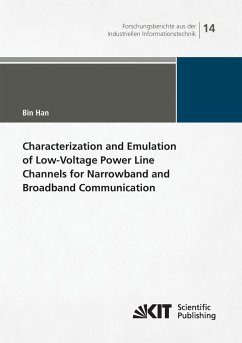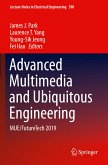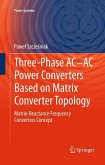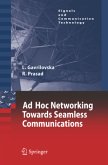In the last years, power line communication (PLC) caught attention of engineers, due to its high applicability into smart grid. The relative reduced costs and easy installation were the main factor for its employment. Furthermore, the future distribution grids should be resilient and flexible, being able to perform a black start, thus they require a real time topology identification. A method to provide the information about the power grid topology, even under black out condition, was the purpose behind this work. In order to comprehend better the allocation of components in an electrical network, an inference topology scheme through power line communication was developed. At first, a distance estimation between PLC modems located in nodes was measured which are based on time of arrival methodology. Then, the collected data was applied into the neighbor joining algorithm, which can find internal unknown nodes and determine graphically the right branches disposal, hence establish the investigated power.

